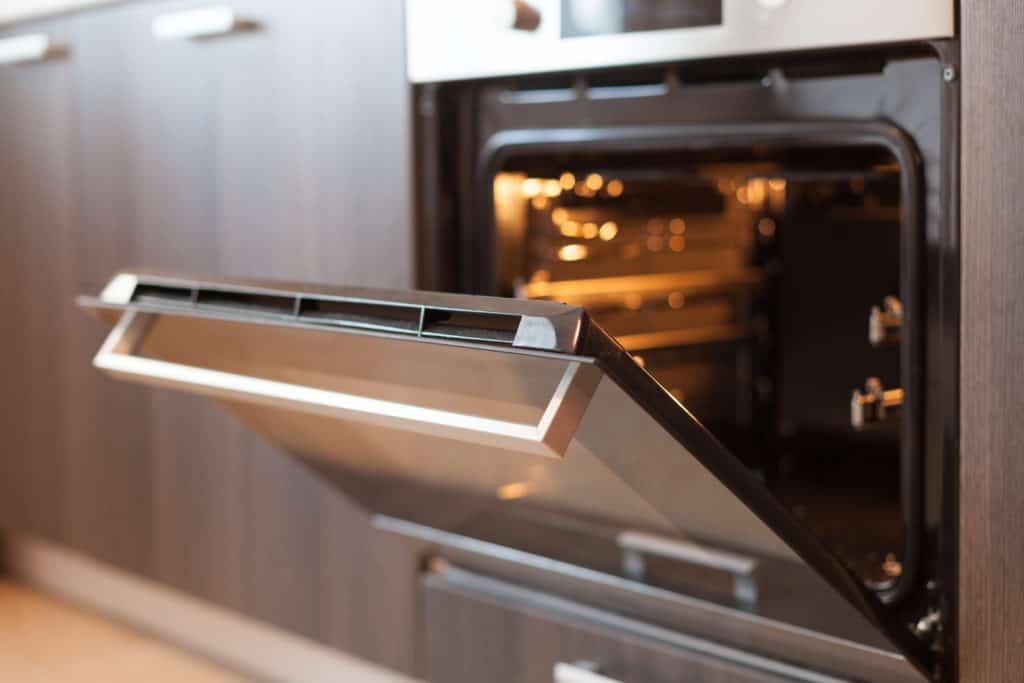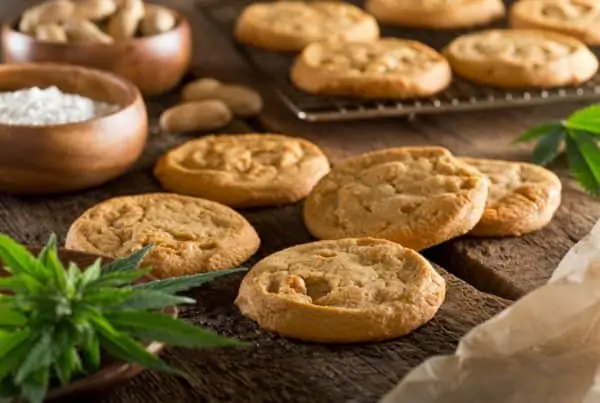TABLE OF CONTENTS
Cannabis decarboxylation is an essential step in the preparation of plant matter or extracts for consumption.
If you do not “decarb” weed before your infusions, you will not activate the plant’s primary therapeutic compounds, including delta-9 tetrahydrocannabinol (THC) and cannabidiol (CBD).
The cannabis decarboxylation process, done the right way, has many variables depending on the cannabis material, decarbing method, equipment, and desired infusion.
Here are seven tips to follow for decarbing cannabis the proper way.
Tips on How to Decarboxylate Weed
1. Decarboxylation Activates THC and CBD
In their natural form, raw cannabis flower buds contain a high percentage of non-intoxicating, acidic compounds, particularly tetrahydrocannabinolic acid (THCA) and cannabidiolic acid (CBDA). On cannabis labels, THC concentrations usually represent the total THCA and THC levels.
While THCA and CBDA can provide many health benefits, they must be activated through decarboxylation to turn into their parent compounds, THC and CBD. Activation can occur through exposure to light, heat, and oxidation.
2. Decarboxylation Is Not Always Necessary
THCA and CBDA are becoming increasingly popular alternatives to THC and CBD for a variety of reasons. Scientific research shows that THCA and CBDA have various health benefits without the high from THC.
THCA’s beneficial properties include:
- Anti-inflammatory
- Neuroprotective
- Antiemetic
CBDA’s beneficial properties include:
- Anti-seizure
- Anti-inflammatory
- Antiemetic
- Anti-tumor
While more research is needed into the effect of consuming raw cannabis, many users have come up with exciting ways to incorporate raw cannabis into juices, smoothies, salads, and many other foods and drinks.
3. Plant Matter Consistency Matters for Decarboxylation
Fine-grinding your cannabis plant material does not produce better results when making cannabutter or oil.
Instead, fine-grinding your weed breaks apart the plant material and makes it easier for unwanted compounds to get into your final infusion. For example, excess plant matter in edibles can produce a bitter and grassy flavor.
Most users have had great results by crumbling the plant material by hand or getting a coarse grind using a grinder. In some cases, cannabis buds can be left intact when using a special decarboxylator that evenly heats the cannabis without disturbing or destroying its trichome concentration.
4. Find the Right Decarbing Temperature
Finding the optimal cannabis decarboxylation temperatures takes trial and error. The idea is to use low temperatures for extended periods of time to decarb the material without destroying the cannabinoids and terpenes with high temperatures.
Generally, decarbing can take between 20 minutes to just over an hour at temperatures ranging between 212º and 250º F. Research different boiling points of cannabinoids and terpenes and experiment with different temperatures and heating times to find the right process.
5. Decarboxylation Can Be Performed Through Various Methods
Heating cannabis material is an effective way to decarb it. Traditionally, cannabis is consumed through smoking the plant, which can instantly decarb the plant's oils. This can also be accomplished through vaporization of dry herb with a portable vape pen.
At home, there are many different ways users can decarboxylate cannabis, each requiring different steps and producing varying levels of smell.
Common ways to decarboxylate cannabis include:
- Oven on a baking sheet
- Oven in a mason jar
- Sous vide
- Decarboxylator, Ardent Nova, LEVO II)
- Natural decarb (light, heat, oxidation)
Here is an easy way to decarboxylate weed flower in an oven:
- Preheat the oven to 215º F.
- Place the ground cannabis in a baking dish covered with a see-through cover. Spread the buds evenly around.
- Place the baking dish in the oven when the desired temperature is reached.
- Bake the cannabis for about one hour and 20 minutes. Turn off the oven and remove the baking dish using an oven mitt.
- Allow the dish to cool for about 30 minutes before removing the cover.
6. Decarbed Weed Must Be Properly Stored
Using cannabis right after decarbing provides the best results, but with proper storage, decarbed weed can last for several months.
We recommend storing your decarbed weed in an airtight container in a cool, dark, and dry space.
Your cannabis can maintain a significant cannabinoid concentration for at least six months.
7. Decarbed Flower Can Make a Variety of Infusions
Once you have got your flower or extract material decarboxylated, you can use it for various purposes, including:
- Sublingual products
- Smoking
- Topicals
- Tinctures
- Edibles
Learn How to Decarboxylate Weed at CTU
Learning how to decarboxylate weed the right way is a critical step in making the best cannabis infusions. Cannabis Training University’s online weed college provides students with world-class cannabis education.
“
There are over 300,000 jobs in the cannabis industry. CTU trained me for one of them!

Makes $24.50 @ THC +
Learn how to make edibles and infusions. Course topics include:
- How to cook cannabis
- How to make cannabis infusions
- How to extract cannabis
- And so much more!
Enroll in the most renowned marijuana industry training program today!

Karen Getchell
Karen gained expertise in developing training programs and technical documentation as a Senior Editor at Cisco Systems. She began her journey in cannabis as a patient, searching for a way to heal herself. When she perfected a method for making cannabis oil, other patients began to seek her out. An early adopter of CBD medicine, she started her CBD-infused-products business in 2014. Over the last two decades, Karen has taught hundreds of patients and caregivers how to select strains, infuse oils, and extract cannabinoids.
When she isn’t teaching cannabis cooking classes, Karen works as a cannabis business consultant, writes for online cannabis publications like Cannabis Training University, Leafly, and Weedmaps, and runs a CBD-infused-product business.













 Jeff was involved in an accident where he endured a traumatic brain injury. He had a week-long stay in ICU where brain surgeons
Jeff was involved in an accident where he endured a traumatic brain injury. He had a week-long stay in ICU where brain surgeons  100% risk free money back guarantee within 48 hours after purchase if student has not completed any of the courses or exams.
100% risk free money back guarantee within 48 hours after purchase if student has not completed any of the courses or exams.